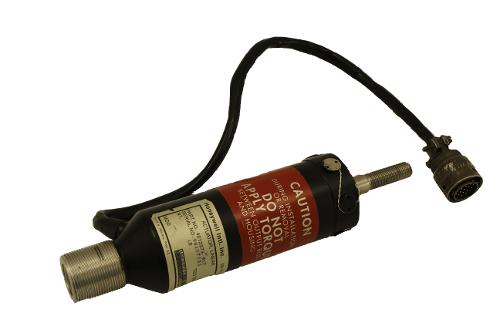Control Rod Assemblies and their associated actuators play an important role in the flight of any aircraft or helicopter. They need to be able to respond immediately to the pilots, as well as flight control system inputs. If these units are ever pulled for operational failure, they should be sent in immediately for evaluation. The longer they sit on a shelf, the more likely corrosion will invade the internal parts, potentially causing more problems at disassembly.
Although most of the operational failures of these units are due to worn brushes, bearings, and/or brake springs; broken contacts, or torn grommets, some units come in completely seized, most likely due to improper long-term storage conditions.
If the Control Rod Assembly has to be kept in storage for long periods of time, storage temperatures should range from -30 to 55 degrees Celsius (-20 to 131 degrees Fahrenheit), and the Control Rod Assembly should be protected from dust, moisture, and other contamination.
After a unit has been in storage for an extended period of time then installed on the aircraft, regular operational checks should be performed.
 Duncan Aviation Component Services has access to Honeywell Component Maintenance Manuals for both the actuator and the entire Control Rod Assembly and have repaired or overhauled more than 175 units in the last four years.
Duncan Aviation Component Services has access to Honeywell Component Maintenance Manuals for both the actuator and the entire Control Rod Assembly and have repaired or overhauled more than 175 units in the last four years.
We stock many parts for these units, and have access to rotable inventory of serviceable, overhauled, and new actuators.
Honeywell Control Rod Assemblies are installed on many different fixed and rotary-wing aircraft, including the following:
December 2025
November 2025
October 2025
July 2025
June 2025